Imagine walking through the grand halls of a Persian palace, your eyes drawn to the walls adorned with intricate, colorful tiles that tell stories of a civilization’s artistry and ingenuity. These tiles, more than just decorative pieces, are a testament to Iran’s rich cultural heritage—a heritage that has evolved into a thriving modern industry. Today, Iran’s ceramic tile exports are not only a continuation of this ancient craft but also a significant player in the global market. With a history that spans over a millennium and a future that looks increasingly promising, Iran’s ceramic tile industry is a fascinating blend of tradition and innovation.
In this comprehensive 3,500-word article, we explore the journey of Iran’s ceramic tile exports—from their glorious past rooted in Persian artistry to their current status as a key economic driver, and finally, to the bright future that lies ahead. Whether you’re an industry insider, a history enthusiast, or simply curious about global trade, this article offers practical insights into how Iran’s ceramic tiles have carved a niche in the international market. Let’s embark on this journey, tracing the path from ancient kilns to modern factories and beyond.
Why Iran’s Ceramic Tiles Matter
Iran’s ceramic tiles are more than just building materials; they are cultural artifacts that have stood the test of time. Known for their durability, intricate designs, and vibrant colors, these tiles have adorned everything from mosques and palaces to modern homes and commercial spaces. But beyond their aesthetic appeal, the ceramic tile industry plays a crucial role in Iran’s economy, employing thousands and contributing significantly to the nation’s export revenue. As we delve into this topic, you’ll discover how this industry has adapted to changing times while staying true to its roots.
A Glorious Past: The History of Iranian Ceramic Tiles
Iran’s love affair with ceramic tiles dates back over 3,000 years, making it one of the oldest centers of tile production in the world. The art of tile-making in Iran is deeply intertwined with the country’s history, religion, and culture, reflecting the sophistication of Persian craftsmanship.
The Origins: Ancient Persia and the Birth of Tile Art
The story begins in ancient Persia, where tiles were first used to decorate temples and royal palaces. Early examples, such as the glazed bricks of the Achaemenid Empire (550–۳۳۰ BCE), showcased simple geometric patterns. However, it was during the Islamic Golden Age (8th to 14th centuries) that Iranian tile art truly flourished. The introduction of Islamic geometric designs, calligraphy, and floral motifs transformed tiles into intricate works of art. The Blue Mosque in Tabriz and the Shah Mosque in Isfahan are iconic examples of this period, where tiles were used to create breathtaking mosaics that still captivate visitors today.
The Safavid Dynasty: A Golden Era for Tile Work
The Safavid Dynasty (1501–۱۷۳۶) marked a pinnacle in Iranian tile art. Under Shah Abbas I, the city of Isfahan became a hub of artistic innovation. The tiles produced during this era were characterized by their vivid colors—especially cobalt blue and turquoise—and complex patterns that often depicted scenes from Persian mythology and poetry. These tiles were not only decorative but also functional, providing insulation and protection to buildings in Iran’s harsh climate.
Cultural Significance: More Than Just Decoration
In Iranian culture, tiles are more than mere decoration; they are a symbol of beauty, spirituality, and identity. The use of tiles in religious architecture, such as mosques and shrines, reflects the Islamic belief in creating spaces that inspire awe and reverence. Even today, the art of tile-making is passed down through generations, preserving techniques that have been refined over centuries.
From Craft to Industry: The Evolution of Iran’s Ceramic Tile Sector
While the historical significance of Iranian tiles is undeniable, the industry has undergone a remarkable transformation in the modern era. What was once a craft practiced by artisans in small workshops has evolved into a large-scale industry with global reach.
The Industrial Revolution: Mechanization and Mass Production
The late 19th and early 20th centuries brought significant changes to Iran’s tile industry. The introduction of mechanized production methods, influenced by European industrialization, allowed for mass production of tiles. This shift not only increased output but also made tiles more affordable and accessible. However, it also posed a challenge: maintaining the quality and uniqueness of traditional designs while scaling up production.
Technological Advancements: Innovation Meets Tradition
In recent decades, Iran’s tile industry has embraced technological advancements to stay competitive. Modern kilns, digital printing techniques, and automated glazing processes have improved efficiency and consistency. Yet, what sets Iranian tiles apart is the industry’s ability to blend these innovations with traditional craftsmanship. Many manufacturers still incorporate hand-painted elements or use age-old firing techniques to create tiles that resonate with both history and modernity.
Design Innovation: Adapting to Global Tastes
Iranian tile designs have also evolved to meet international demand. While traditional Persian patterns remain popular, manufacturers now produce a wide range of styles, from minimalist modern designs to rustic, earthy tones. This adaptability has allowed Iran to cater to diverse markets, from the Middle East to Europe and Asia.
Current State: Iran’s Position in the Global Ceramic Tile Market
Today, Iran is a major player in the global ceramic tile market, ranking among the top five producers and exporters worldwide. The industry’s growth has been fueled by a combination of abundant raw materials, skilled labor, and strategic geographic positioning.
Export Statistics: A Snapshot of Success
According to the Iranian Ministry of Industries, the country produced over 700 million square meters of ceramic tiles in 2023, with exports reaching approximately 200 million square meters. This represents a significant share of the global market, which is valued at over $50 billion annually. Iran’s primary export destinations include neighboring countries like Iraq, Afghanistan, and Pakistan, as well as emerging markets in Central Asia and Africa.
Comparative Analysis: Iran vs. Global Competitors
While Iran is a key player, it faces stiff competition from countries like China, Italy, and Spain. China dominates in terms of volume, producing over 5 billion square meters annually, but Iranian tiles are often preferred for their quality and design. Italy and Spain, known for their premium tiles, compete in the high-end market. Iran’s strength lies in offering a balance of quality, design, and affordability, making it a go-to choice for mid-range and luxury markets.
Key Products: What Makes Iranian Tiles Stand Out
Iranian tiles are renowned for their durability, intricate designs, and vibrant colors. Popular products include:
- Porcelain Tiles: Known for their strength and low water absorption, ideal for both indoor and outdoor use.
- Mosaic Tiles: Often featuring traditional Persian patterns, these are popular in decorative applications.
- Glazed Ceramic Tiles: Offering a wide range of colors and finishes, these are versatile and cost-effective.
The unique combination of traditional artistry and modern production techniques gives Iranian tiles a competitive edge.
Challenges Facing Iran’s Ceramic Tile Exports
Despite its successes, Iran’s ceramic tile industry faces several challenges that could hinder its growth. Addressing these issues is crucial for the industry to maintain its global standing.
Economic Sanctions: A Persistent Barrier
International sanctions have long been a thorn in Iran’s side, affecting its ability to trade freely. Restrictions on banking, shipping, and access to foreign technology have made it difficult for Iranian exporters to compete on equal footing. For example, sanctions have limited access to advanced machinery, forcing some manufacturers to rely on older, less efficient equipment.
Competition from Global Giants
The global tile market is highly competitive, with countries like China offering low-cost alternatives and European nations providing high-end products. Iran must continuously innovate to differentiate itself, whether through unique designs, superior quality, or competitive pricing.
Infrastructure and Logistics: Room for Improvement
While Iran has made strides in modernizing its production facilities, challenges remain in terms of logistics and infrastructure. Inefficient transportation networks and bureaucratic red tape can delay shipments and increase costs, making it harder to meet international delivery schedules.
Environmental Concerns: The Need for Sustainability
As global awareness of environmental issues grows, the tile industry faces pressure to adopt sustainable practices. Iran’s industry, which relies heavily on energy-intensive kilns, must find ways to reduce its carbon footprint. Investing in energy-efficient technologies and exploring renewable energy sources could be key to future success.
A Bright Future: Opportunities and Prospects for Growth
Despite the challenges, the future of Iran’s ceramic tile exports looks promising. With strategic planning and investment, the industry can capitalize on several opportunities to expand its global footprint.
Expanding into New Markets
While Iran has strong ties with neighboring countries, there is untapped potential in markets like Russia, India, and Southeast Asia. These regions are experiencing rapid urbanization and construction booms, creating demand for quality building materials. By diversifying its export destinations, Iran can reduce its reliance on traditional markets and mitigate risks associated with regional instability.
Embracing Digitalization and E-Commerce
The rise of e-commerce presents a unique opportunity for Iranian tile exporters. Online platforms allow manufacturers to reach a global audience directly, bypassing traditional distribution channels. Investing in digital marketing and creating user-friendly websites could help Iranian companies showcase their products to international buyers.
Government Support: A Catalyst for Growth
The Iranian government has recognized the importance of the ceramic tile industry and is taking steps to support its growth. Initiatives include providing subsidies for modernizing production facilities, facilitating access to international trade fairs, and negotiating trade agreements to ease export restrictions. Continued government backing will be crucial in helping the industry overcome external challenges.
Sustainability: The Path to Long-Term Success
Adopting sustainable practices is not just a necessity but an opportunity. By investing in eco-friendly technologies, such as solar-powered kilns or water recycling systems, Iranian manufacturers can reduce costs and appeal to environmentally conscious consumers. Additionally, obtaining international certifications for sustainable production could open doors to premium markets in Europe and North America.
Conclusion
Iran’s ceramic tile industry is a remarkable example of how tradition and modernity can coexist and thrive. From its ancient roots in Persian artistry to its current status as a global export leader, the industry has demonstrated resilience and adaptability. While challenges like sanctions and global competition persist, the future holds immense potential for growth, driven by innovation, market diversification, and sustainability.

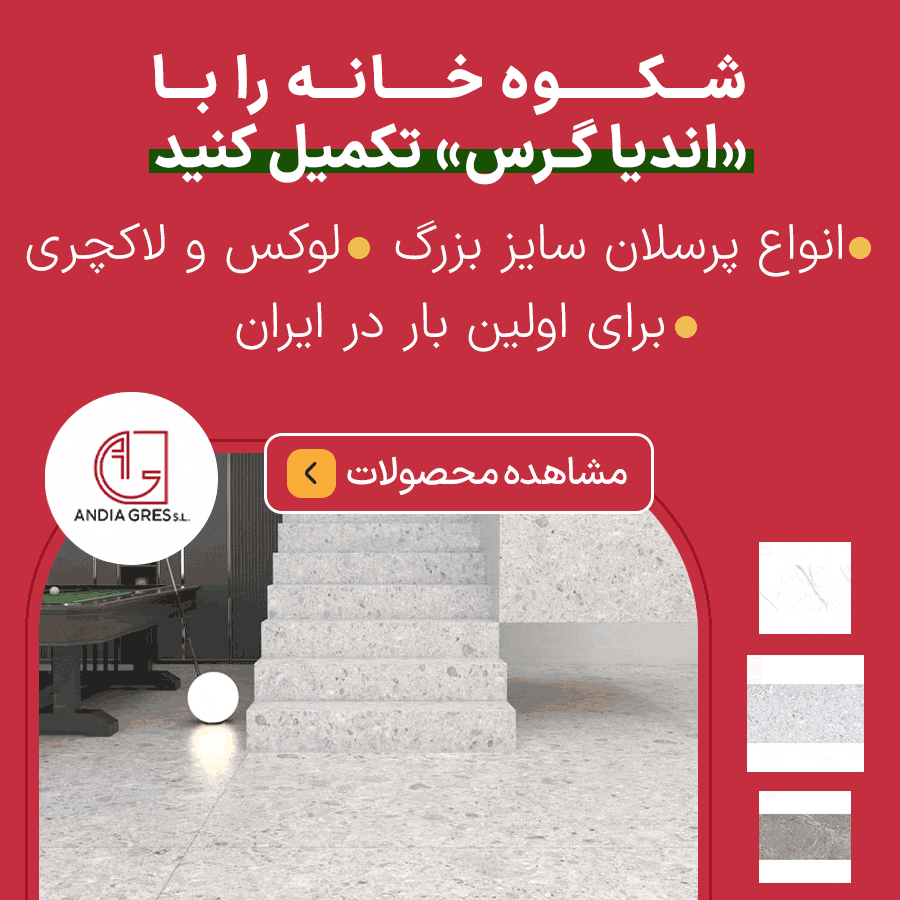

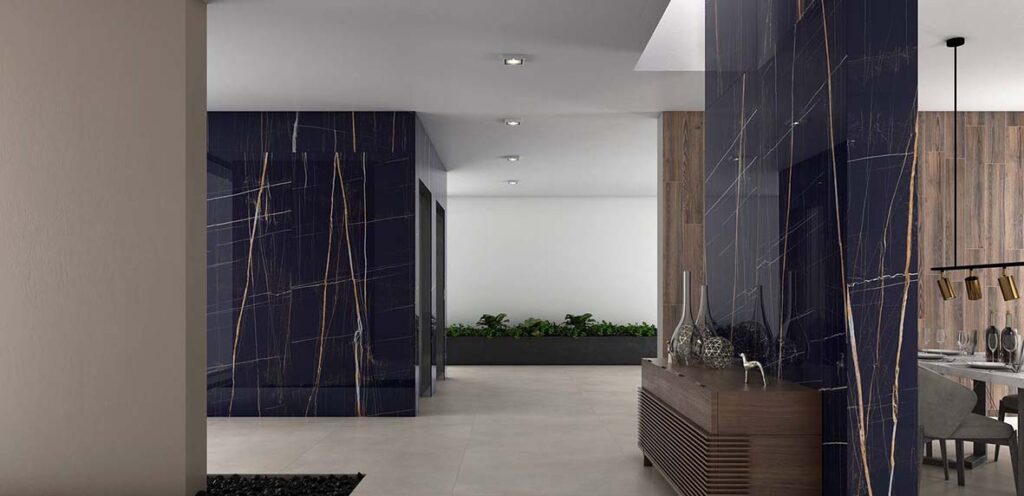


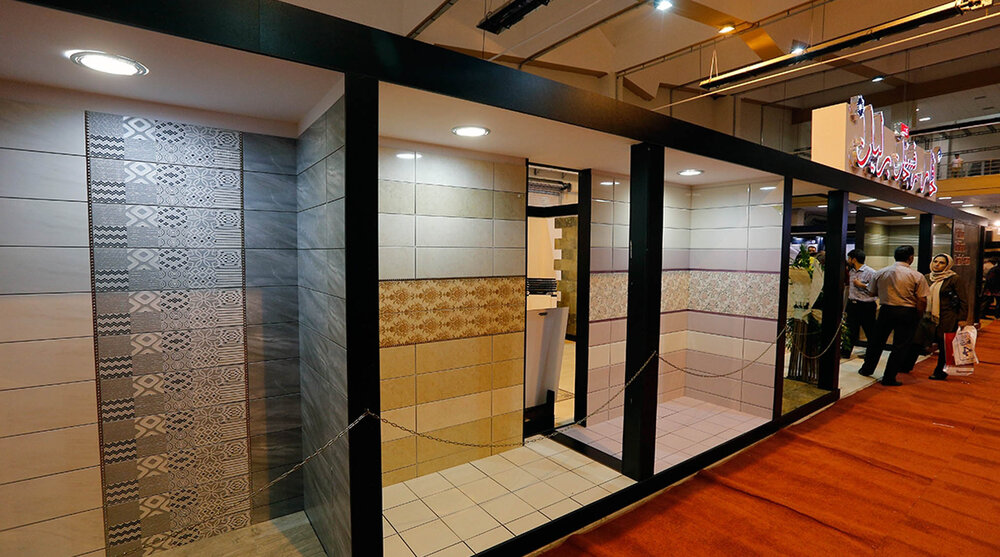

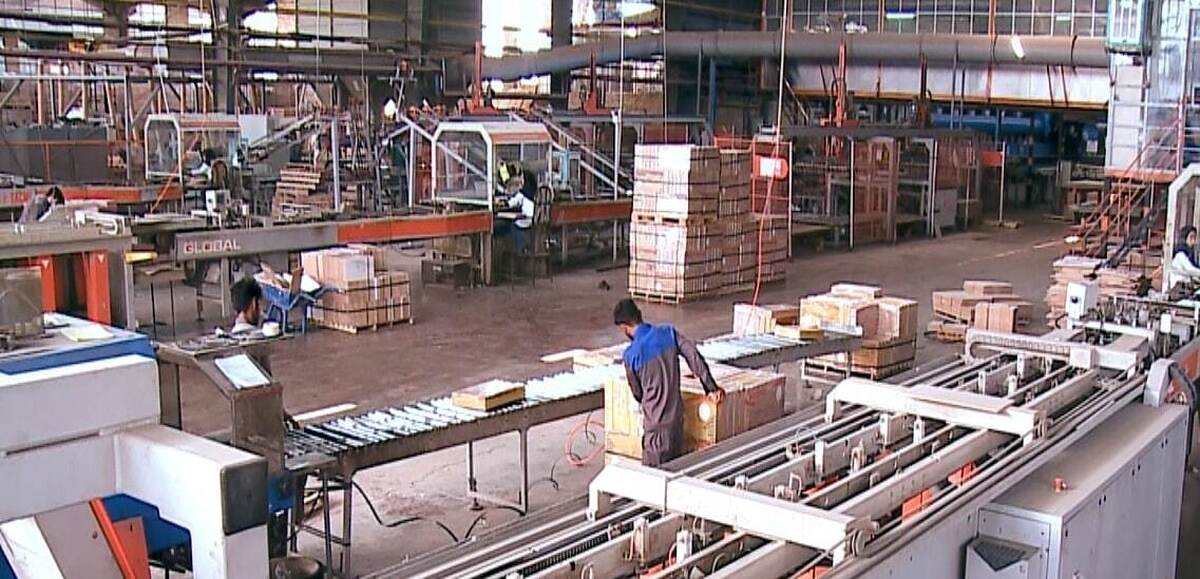


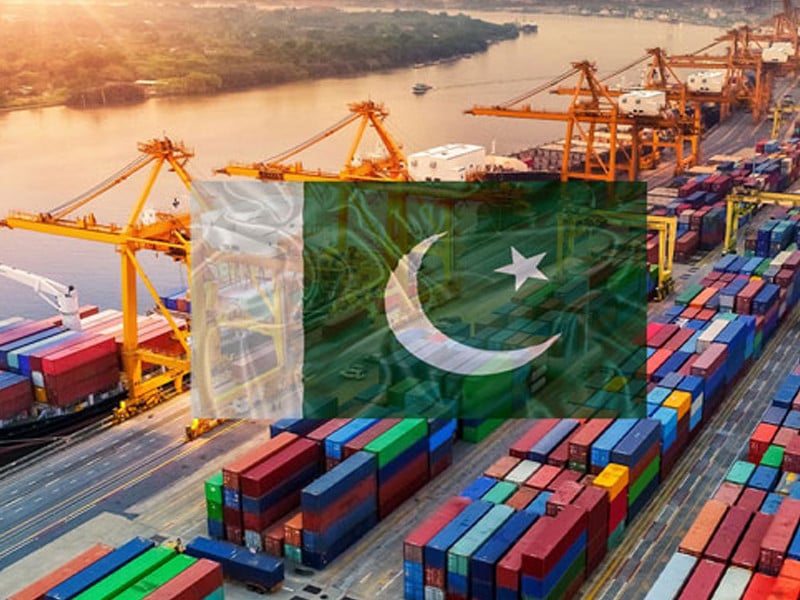
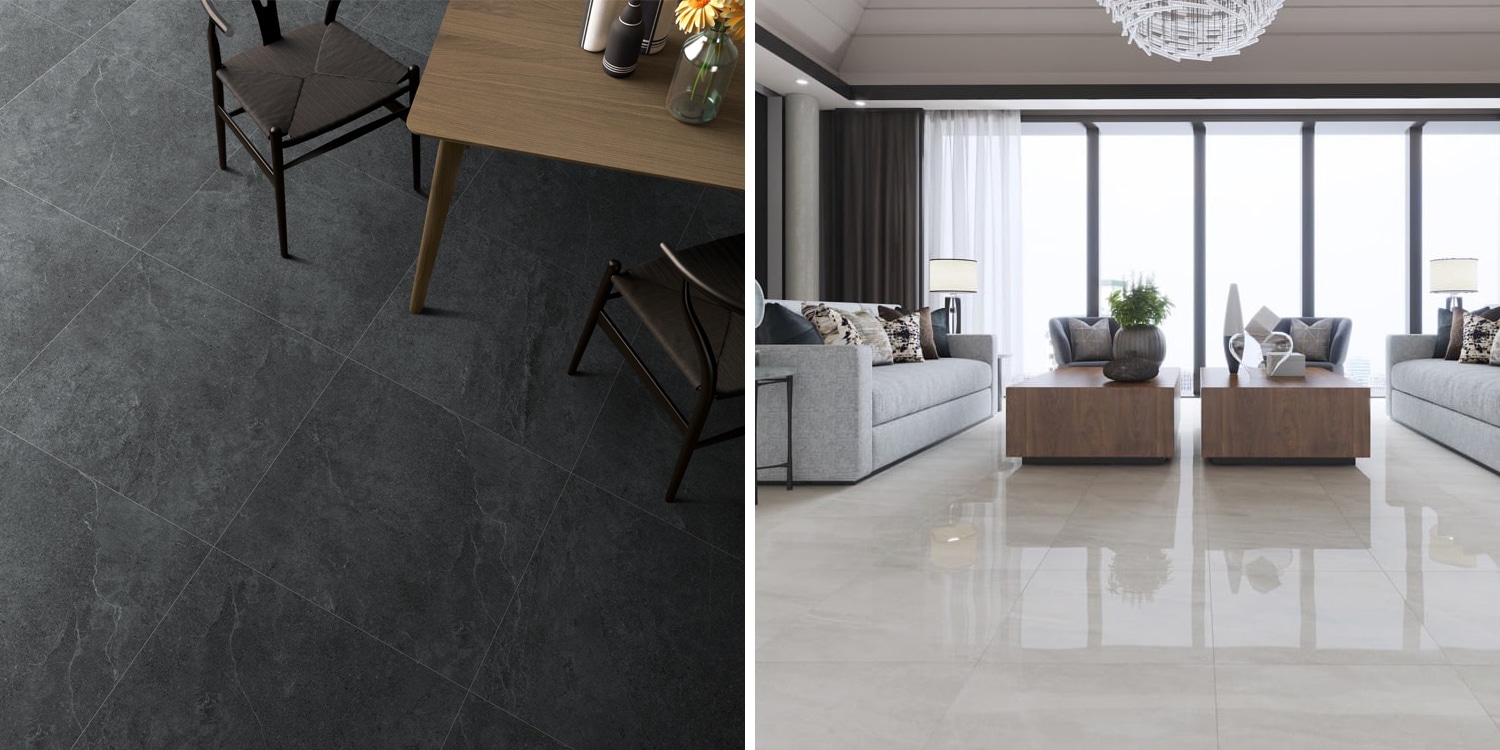
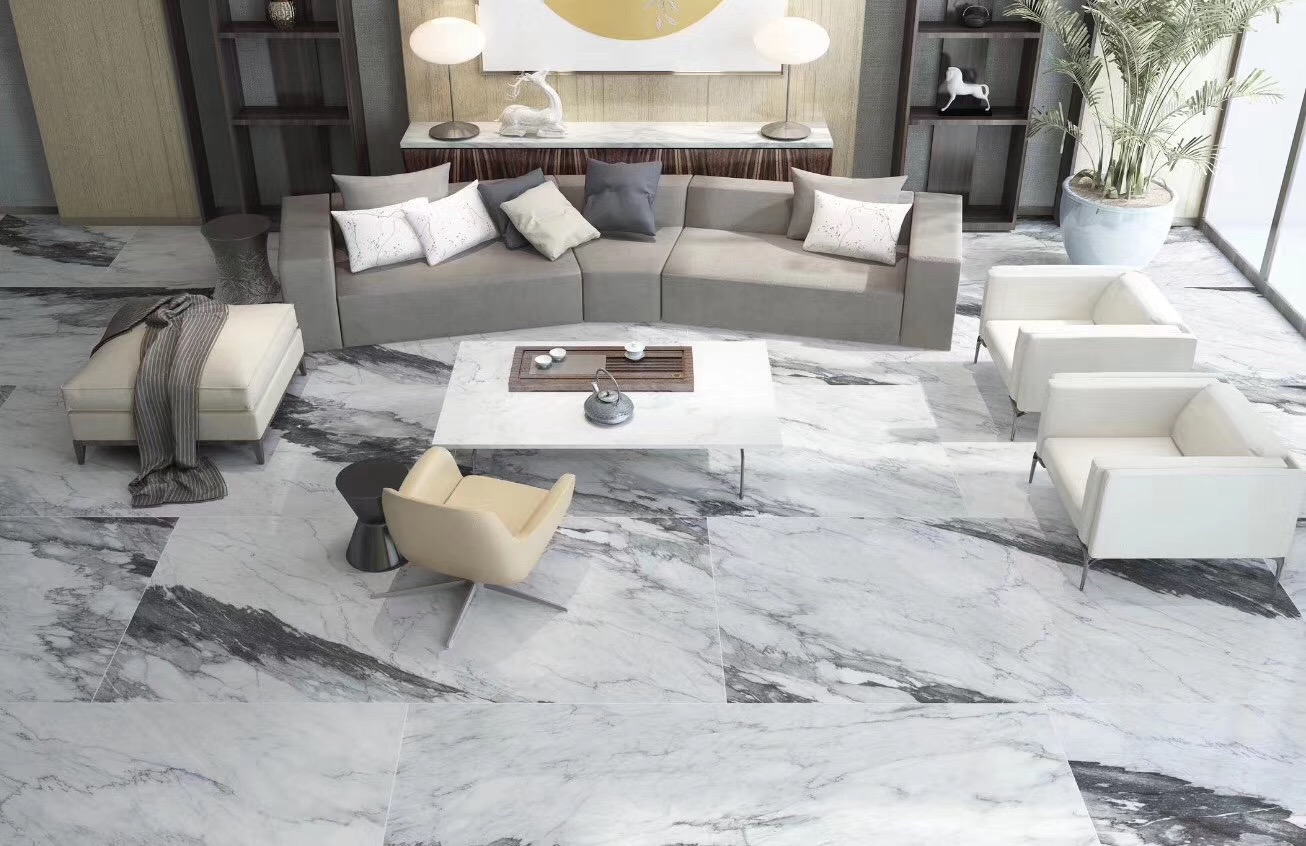


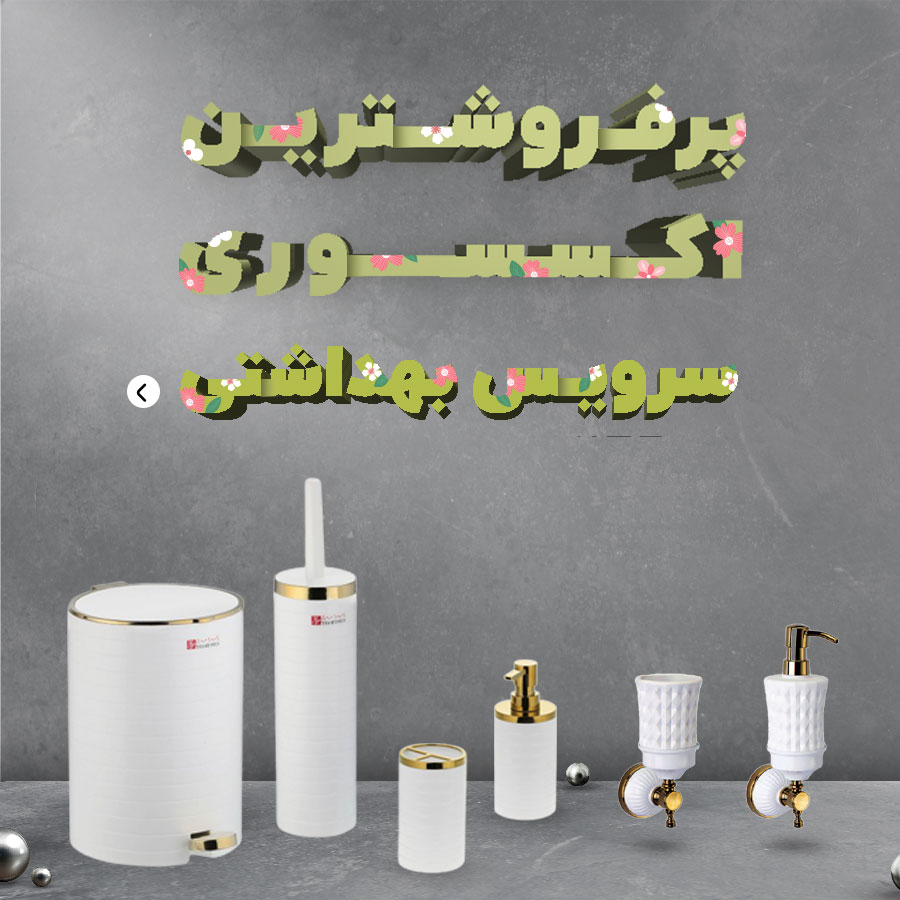

نظرات ۰